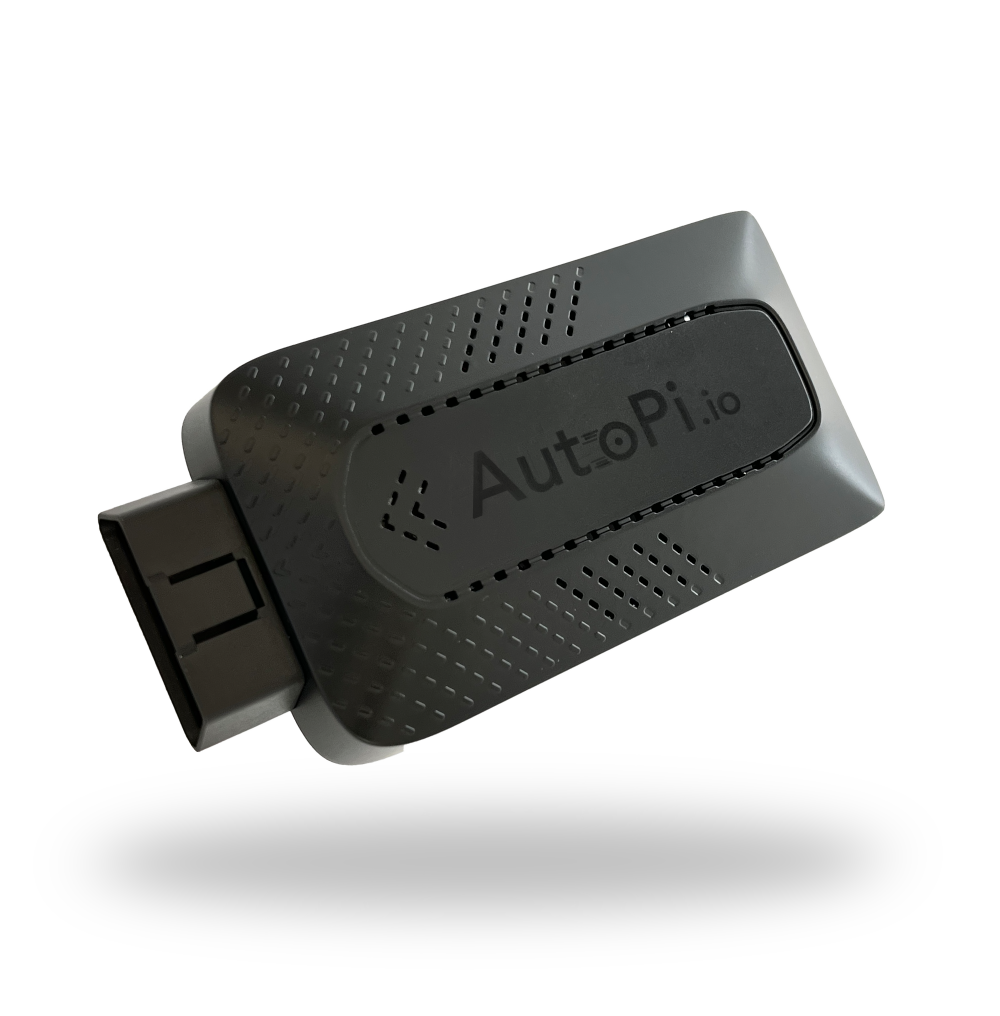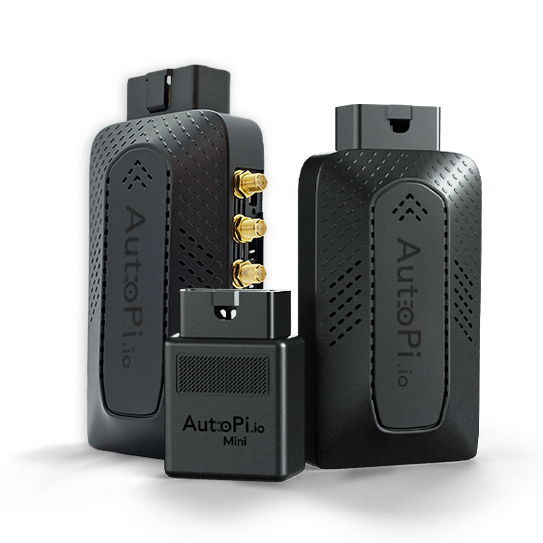Change Device Settings from the REST API


In this guide we'll explore how you can change your device's advanced settings directly through our REST API, without having to go through the AutoPi Cloud system to do it.
This guide will assume that you are able to log in to your account and receive a JWT token that you can authenticate with to make the requests (here's a section for that).
Currently, the settings endpoints used in this guide aren't documented in our API documentation website.
The rest of the guide also assumes that the API URL is https://api.autopi.io/. All the endpoints
that are described below require you to prepend this API URL in order for them to work properly. If
you are a business customer, you will need to prepend the respective URL for your dedicated
environment.
Lastly, for the most part, the API works with the primary key of the device instead of the unit id.
Although they have the same type (UUID), they aren't the same. You are able to retrieve the
device IDs of all your devices by making a GET request to /dongle/devices
which retrieves all the devices you own and give you information about them including the "id" and
"unit_id" values.
Let's get started.
The Endpoints
There are three endpoints that you're looking at for the most part:
- Retrieve all available configuration options available for a device
- Retrieve current settings and their state for a specific device
- Make changes to the state of the settings for a specific device
Retrieve All Configuration Options
One of the more important parts of this whole process will be to actually see all available options
and their specific UUIDs, as this is what's going to be used to change them later on. The API
endpoint that you need to call is /dongle/settings/schema/?device_id={{device_id}} where
{{device_id}} is the primary key of your device. A successful request to that endpoint will
return an array of JSON objects, each object containing information for one configuration that you
can change. Let's take a look at an example configuration:
...
"system.logging.level": {
"uuid": "9ae810c7-9069-4f7c-83b5-5f88f50aba4a",
"default": "warning",
"desc": "The log level of the Salt Minion log. Change if you want more detailed logging.",
"choices": [
"quiet",
"critical",
"error",
"warning",
"info",
"profile",
"debug",
"trace",
"garbage",
"all"
],
"type": "str",
"sls": "minion.config"
},
...
Above you can see the configuration object for the system.logging.level setting. It has a uuid
which is unique, some default value, a description and the data type of the value which will
be important later on when you actually try to change it. The sls field is there for metadata on
how to handle that configuration internally.
The choices field isn't present in all settings, as not all settings are restricted to specific
values. In this case however, it is - you can only set the logging level to a known logging level.
There is another field, a unit field that's present in some integer type settings to define what
unit the setting is measured in. This is useful for example to distinguish between seconds and
milliseconds.
Get the Current State of Configuration Options
Now that we're familiar with how to see basic information for all configuration options, it's time
to actually see the values that are saved for them. You can do that by making a GET request to
/dongle/settings/?device_id={{device_id}} and, same as before, {{device_id}} is the primary key
of your device. A successful request will return another array of JSON objects in the following
format:
...
"9ae810c7-9069-4f7c-83b5-5f88f50aba4a": {
"state": "SYNCED",
"value": "info"
},
...
In this case, the UUID is the one for the system.logging.level setting. The state field
describes whether the change has been applied to the device. The value field is the currently
saved value for that setting.
Change Settings and Synchronize Them With Your Device
Finally, after going through this information, we're able to make a request to change a setting.
This time, we're going to make a POST request to /dongle/settings/?device_id={{device_id}} with
a JSON body. It's also important to note here that you do need to set the Content-Type header to
application/json as the server will reject the request otherwise. Here's the JSON format:
{
"{{setting_uuid_1}}": {{new_setting_value1}},
"{{setting_uuid_2}}": {{new_setting_value2}}
}
Let's take a look at an actual example:
{
"9ae810c7-9069-4f7c-83b5-5f88f50aba4a": "debug"
}
curl -X POST "https://api.autopi.io/dongle/settings/?device_id=YOUR_DEVICE_ID" \
-H "Authorization: APIToken YOUR_TOKEN" \
-H "Content-Type: application/json" \
-d '{
"9ae810c7-9069-4f7c-83b5-5f88f50aba4a": "debug"
}'
This will ask the server to update the system.logging.level setting to a debug level. If we now
query the current settings for our device we can see that the data for that setting has changed:
...
"9ae810c7-9069-4f7c-83b5-5f88f50aba4a": {
"state": "MODIFIED",
"value": "debug"
},
...
Now the setting is set to debug, however it's in the MODIFIED state which means that it hasn't
been synced to the device yet. To actually sync the changes, you need to make another POST request
to /dongle/devices/{{device_id}}/execute/ with the following request body:
{
"command": "state.sls",
"arg": ["pending"],
"kwarg": {}
}
Also remember to set the Content-Type header to application/json for this request as well. This
will trigger the server to push those changes to the device and your device should update soon.
With this you should now be able to work with the API that controls the custom settings for your devices.
 Compare all AutoPi devices
Compare all AutoPi devices